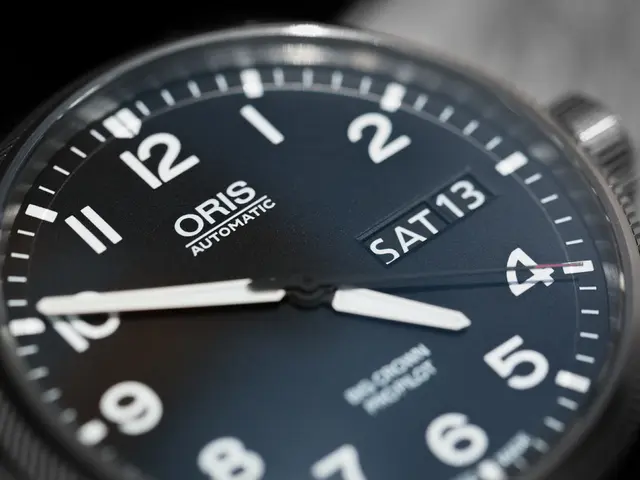Scoliosis Support Devices: Classifications, Timeframes, and Additional Details
In the world of scoliosis treatment, braces play a crucial role, particularly for children and adolescents. This article provides an overview of the various types of scoliosis braces, their mechanisms, effectiveness, and the groups they are best suited for.
Scoliosis braces come in several forms, each with its unique design and purpose. The main types include the Thoraco-Lumbo-Sacral Orthosis (TLSO) braces, nighttime braces, Rigo Cheneau braces, ScoliBrace®, and adult bracing options.
TLSO braces, such as the popular Boston brace, are designed for the correction of thoracic and thoracolumbar curves. They are typically worn during the day and night, except for breaks, and are most effective during growth spurts in children and teens.
Nighttime braces, like the Charleston bending brace and Providence brace, are worn at night and designed to push or hold the spine in a corrected position. They are effective for specific curve types and provide good compliance benefits, making them a popular choice for children and teens.
The Rigo Cheneau brace is a lightweight, custom-molded plastic brace that applies pressure to straighten and de-rotate the curve. It is typically worn for 12–20 hours daily and is known for its open areas that allow breathing and movement.
ScoliBrace® is a modern 3-dimensional custom brace designed to address scoliosis in all planes and improve postural alignment beyond traditional 3-point pressure systems.
The effectiveness and suitability of these braces differ by age group. For children and teens, bracing is most effective during growth spurts to halt or slow curve progression, particularly with rigid braces like TLSO, Rigo Cheneau, or ScoliBrace®, combined often with scoliosis-specific physical therapy. Nighttime braces also provide effective correction and compliance benefits. Timely bracing can reduce the need for surgery.
In contrast, for adults, bracing effectiveness is more limited because spines are less flexible and growth has ceased. Bracing can help manage pain, improve posture, and decrease curve progression in some cases but is not typically curative. Exercise and physical therapy play a larger role in treatment for adults.
It's essential to note that scoliosis braces are not one-size-fits-all solutions. Each person's scoliosis brace is correctly fitted by a healthcare specialist called an orthotist. The fit and effectiveness are monitored regularly, especially for growing children.
For children or teens, wearing a new brace to school may cause concerns, but scoliosis braces are usually easy to conceal with loose-fitting clothing. Occasionally, doctors allow a person to remove their brace while participating in activities, such as sports.
The cost of a scoliosis brace depends on a person's insurance coverage, with prices usually ranging between $5,000-10,000 without insurance. Insurance usually covers braces that doctors deem medically necessary, with a copay of around 20%.
Newer approaches also incorporate scoliosis-specific exercise programs alongside or instead of braces to strengthen muscles and improve posture naturally. Scoliosis braces are most effective when the spine is growing, so they are most often prescribed for children and adolescents.
In summary, bracing for children and teens emphasizes stopping curve progression during growth, often with rigid, custom braces paired with physical therapy. For adults, braces are more supportive and symptom-relieving than corrective.
Read also:
- Chest Pain Caused by Compressed Nerves: A Possibility Explored
- Weight and Plumpness: Exploring Health Consequences and Understandings
- Alterations in diet, tactics, and additional methods for lessening inflammation in the gut
- Investigators Explore if Psychological Treatments Reduce Symptoms of Psoriasis






